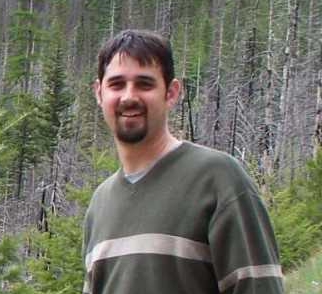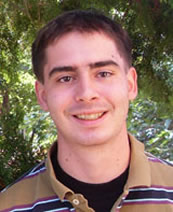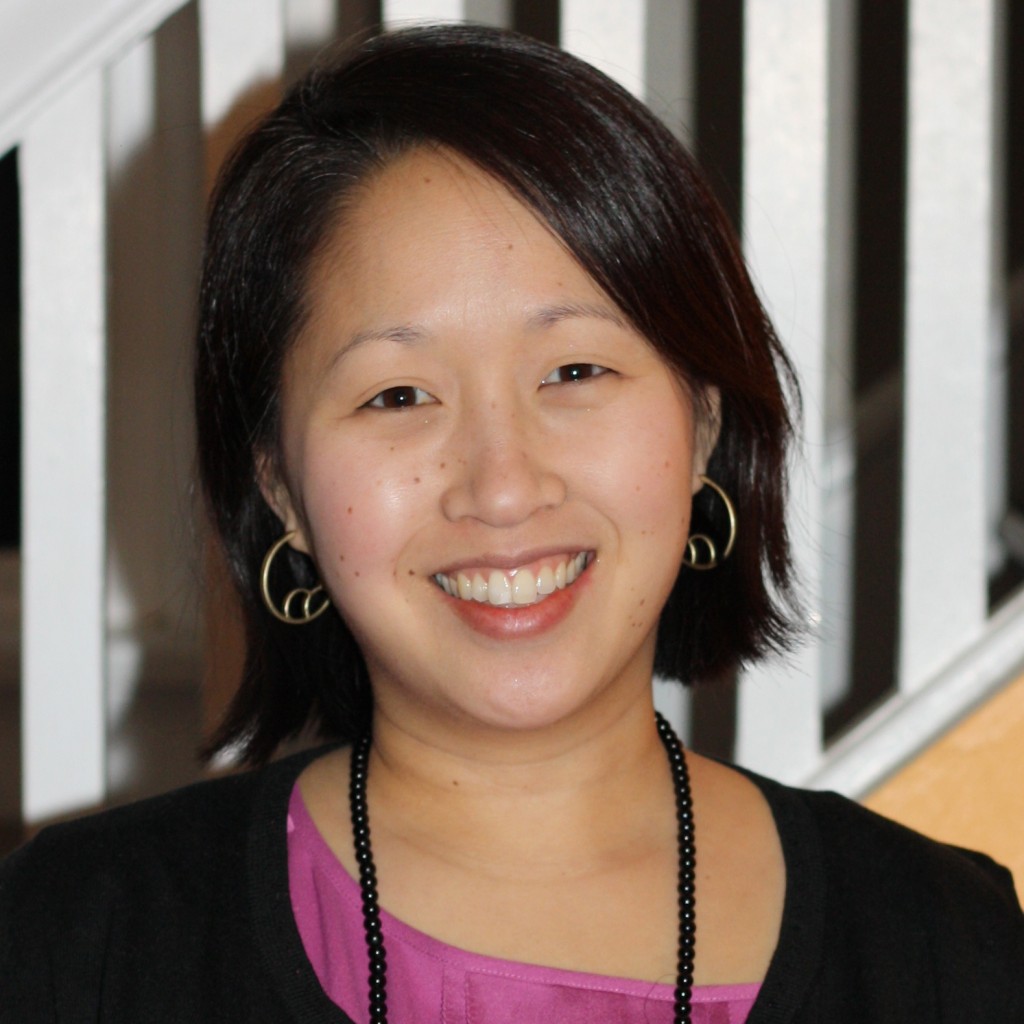Title: 49598666989151226098104244512918Abstract: This seemingly random number answers a question investigated by A. Cohn circa 1909, and makes a connection between prime numbers and irreducible polynomials (although the number is obviously not prime itself!). Time permitting, we will discuss other potential connections between prime numbers and polynomials.
Distinguished Visiting Professor Talk Series: Nicolas Sirolli, Universidad de Buenos Aires, Febuary 19th @4pm in Olin 372
Title: A Cohomological Interpretation of the Class Group
Abstract: The celebrated Class Number Formula, which dates from the nineteenth
century, relates the residue of the Dedekind Zeta function of a number
field to the order of its class group, among its other main invariants.
According to the Birch and Swinnerton-Dyer conjecture, one of the
Millenium Problems, there should be a notably similar formula relating the
main arithmetic invariants of an elliptic curve to a certain derivative of
its L-function. One of these is the (conjecturally finite) order of its
Tate-Shafarevich group, which arises from considering the cohomology of
the Galois group acting on the points of the curve.
In this talk we will compare both formulas term by term, focusing on
giving a cohomological interpretation of the class group, which allows us
to match it with the Tate-Shafarevich group.
Distinguished Visiting Professor Talk Series: Nicolas Sirolli, Universidad de Buenos Aires, Febuary 11th @4pm in Olin 372
 Title: From Congruent Numbers to Modular Forms
Title: From Congruent Numbers to Modular Forms
Abstract: A positive integer is called a congruent number if it is the area of a
right triangle with rational sides. The problem of giving a criterion for
deciding if a number is congruent has been open for hundreds of years. The
best answer known was given by Tunnell in 1983, using many deep results
from modern Number Theory. His work will give a completely satisfactory
answer, once the Birch and Swinnerton-Dyer conjecture gets proved.
In this talk we will introduce, in a way as friendly as possible, the main
ingredients needed to understand Tunnell’s result: elliptic curves,
modular forms, and some deep theorems concerning them.
Student Talk Series: John Klobusicky, Geisinger Health Systems, February 5th, Olin 268 @ noon
Title: Piecewise Deterministic Markov Processes and Metal Grain Coarsening
Abstract: In material science, individual metal grains obey surprisingly simple rules. However, geometric considerations can create difficulties when attempting to analyze the bulk properties of metals. In this talk, we’ll describe a mean field model using piecewise deterministic Markov processes which converts the geometric problem of grain evolution to one of analysis and stochastic processes. In particular, we’ll show that densities of grains approach a law of large numbers described by a partial differential equation.
Joint Talk with Management: Anne Robinson and John Williamson, Verizon Wireless, February 5th, Rooke CHEM 116 @ 3pm
Title: How Analytics Professionals Make the World Go Round
Abstract:
It’s hard to open a business magazine, walk through an airport or even participate in an executive meeting and NOT see or hear reference to analytics. Recognized as the currency of business, mathematics or analytics are empowering decision-making at new levels. A trend that started with CIOs is spreading throughout the C-Suite – Everyone wants ANALYTICS!
What exactly are these analytics professionals doing? What types of real-world problems are they solving? Are they actually applying the math, statistics and operations research tools they learned in their courses? What other skills or certifications do they have? What opportunities are there for graduate studies in analytics?
Hear from Anne Robinson and John Williamson of Verizon Wireless. Anne Robinson holds a Ph.D. in Industrial Engineering from Stanford University and served as President of INFORMS, the largest professional organization for both practitioners and academics in the field of Analytics/Operations Research. John Williamson holds a M.B.A. in Supply Chain Management from Penn State University. There will be an opportunity to speak with the presenters following the talk.
Student Talk Series: Tracy Sweet, University of Maryland, January 22nd, Olin 268 @ noon
Title: Hierarchical Social Network Models with Applications in the Social Sciences
Abstract: The term “social network analysis” includes most quantitative methods for analyzing relational data and these methods are both exploratory and inferential. For inference, there are a variety of social network statistical models to represent the stochastic nature of network relationships. In this talk, I will present social network models that are written as Hierarchical Bayes models and describe how these generative models can be used in the social sciences which often involve multiple partially exchangeable networks.
Research opportunities
Bucknell Program for Undergraduate Research: see campus www.bucknell.edu/x1713.xml proposals due in early February
Research Experiences for Undergraduates (REUs): see www.ams.org/programs/students/undergrad/emp-reu deadlines February – March
Lawrence Berkeley National Laboratory: see http://cs.lbl.gov/careers/summer-student-program/rising-seniors
MIT Lincoln Laboratory: see www.ll.mit.edu/college/summerprogram.html rising seniors; must be U.S. citizen
National Security Agency: Director’s Summer Program, Mathematics Summer Employment Program; must be U.S. citizen; applications accepted September 7 – October 15 of each year; see http://www.nsa.gov/careers/opportunities_4_u/students/undergraduate/
Summer Undergraduate Research Fellowship (SURF) at National Institute of Standards and Technology (NIST): see www.nist.gov/surfgaithersburg/ deadline February 15.
National Renewable Energy Laboratory’s Research Participant Program: must be U.S. citizen or permanent resident; rising juniors and above; see www.nrel.gov/rpp/student_internships.html
U.S. Department of Energy Science Undergraduate Laboratory Internships (SULI); applications due January 10, 2012; see science.energy.gov/wdts/suli
Oak Ridge National Laboratory: see http://www.orau.org/ornl/undergraduates/default.htm
Sandia National Laboratory: see www.sandia.gov/careers/students_postdocs/
Dordt College in Sioux City, Iowa summer research program in statistical genetics and biostatistics; undergraduate students with prior coursework in statistics are invited to apply; application deadline; January 31, 2012; see http://www.dordt.edu/academics/programs/math/statgen/
Teaching opportunities and training
Center for talented youth: http://cty.jhu.edu/jobs/summer/index.html
Breakthrough collaborative: http://www.breakthroughcollaborative.org/
Aim High: http://www.aimhigh.org/faculty/apply_teach_aim_high.php
Statistics and Biostatistics Opportunities:
Summer Institute for Training in Biostatistics (http://www.nhlbi.nih.gov/research/training/summer-institute-biostatistics-t15)
Mayo Clinic: http://www.mayoclinic.org/jobs/internships.html
Census bureau: http://www.census.gov/hrd/www/jobs/stu_temp.html
U.S. Government: http://www.usajobs.gov
Dordt College in Sioux City, Iowa: summer research program in statistical genetics and biostatistics; undergraduate students with prior coursework in statistics are invited to apply; application deadline; January 31, 2012; see http://www.dordt.edu/academics/programs/math/statgen/
Actuarial internships
Aetna: (https://www.aetna.com/about-us/student-programs.html)
General listing at the bottom of http://www79.homepage.villanova.edu/charles.ashley/actuary.htm
Towers Perrin: actuarial internships; information available through Bucknell’s CDC
U.S. Government: see http://www.usajobs.gov



